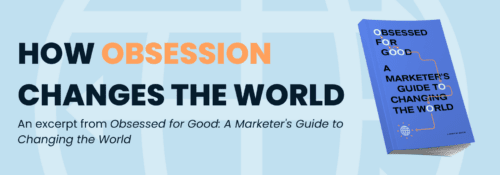Communicating Your ESG Story Beyond Your Shareholders

As a society, we have become more aware of how our actions are impacting communities, people and the environment around us. This has also become increasingly true for businesses. The concept of ESG (Environment, Social and Governance) is nothing new, but it’s becoming a priority far beyond its original intent — informing investors of material risks and growth opportunities.
All of your stakeholders — not just investors — have a vested interest in the transparency of your company’s operations, how you protect and support your employees and the community, and the true impact your business is having on the environment. It’s no longer enough to speak solely to those with a financial stake in your business and just check the ESG boxes.
Telling your ESG story requires an intentional strategy that is informed by your key stakeholders and the impact your ESG performance has on each of them.
- Employees. Retention and recruiting are a challenge right now. People want to feel purpose at the places they work. Ensuring you’ve communicated your ESG efforts to your employees can improve morale and engagement, and creates a loyal group of built-in brand ambassadors who believe in the company and what it stands for.
- Customers. Whether it’s B2B or general consumers, customers want to do business with companies that are good corporate stewards with positive reputations. Your ESG performance and how you tell that story directly impacts decision-making among your customers and potential customers.
- Suppliers. Companies are graded on the ESG performance of their vendors and vice versa. Suppliers are becoming more focused on the reputation of the companies they align themselves with, which is impacted by a company’s entire ESG performance and the way in which they tell their story.
- Communities. Without the support of the communities in which you operate, you can end up facing significant reputation challenges that can ultimately impact your organization’s bottom line. Showing local communities that your company is a force for good in their world can make all the difference when you need to engage them on new projects, developments or other aspects of business. Being involved in the community and creating a positive impact is still a critical part of your ESG strategy, but being able to communicate that impact effectively is just as important–together, these actions will set you up for long-term success.
- Shareholders. Most people think of shareholders and potential investors first when talking about ESG. Your ESG performance is now directly tied to how this group of stakeholders makes decisions.
The simple truth is that employees, consumers and most all stakeholders want to support companies that hold the same values they do. ESG isn’t a trend. Companies that are able to adapt and identify a purpose beyond their bottom line are best positioned to thrive in a competitive, changing landscape.
You can learn even more about how to effectively communicate your organization’s impact in our ESG white paper. We’re here to help you develop the right approach and turn your data into a compelling story.










